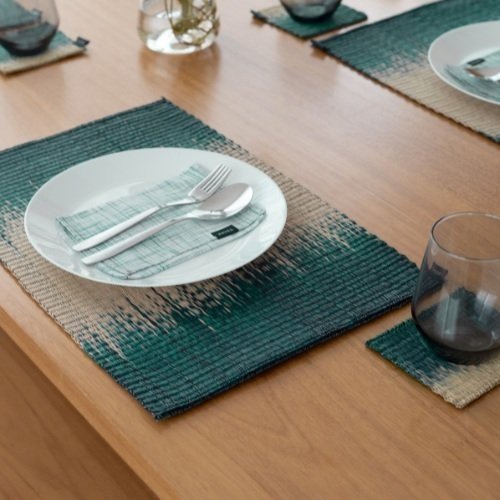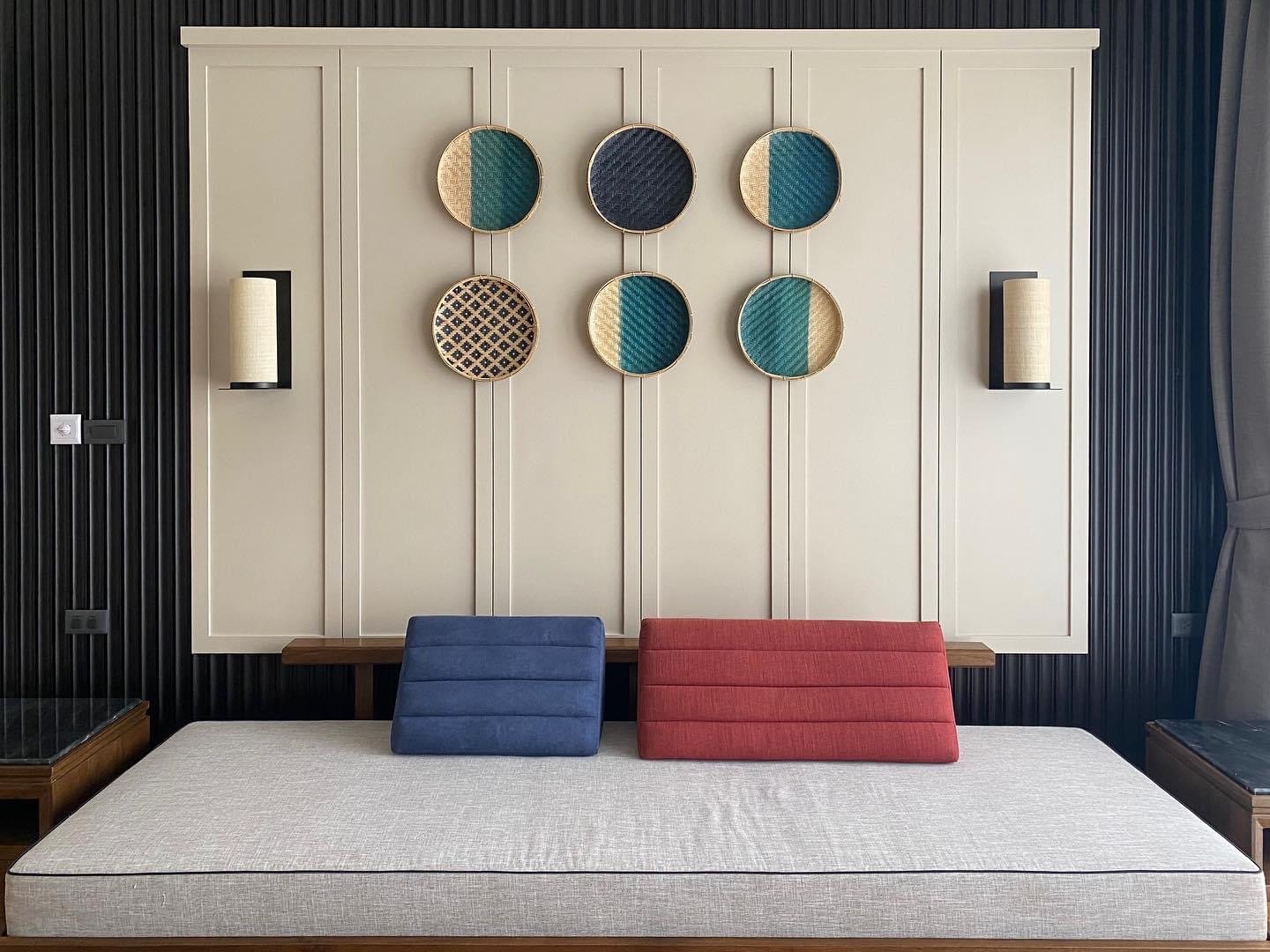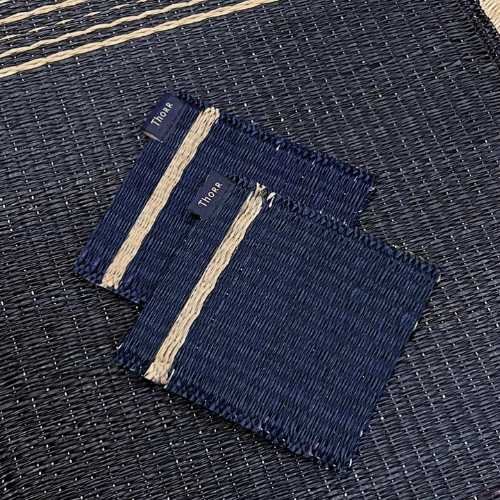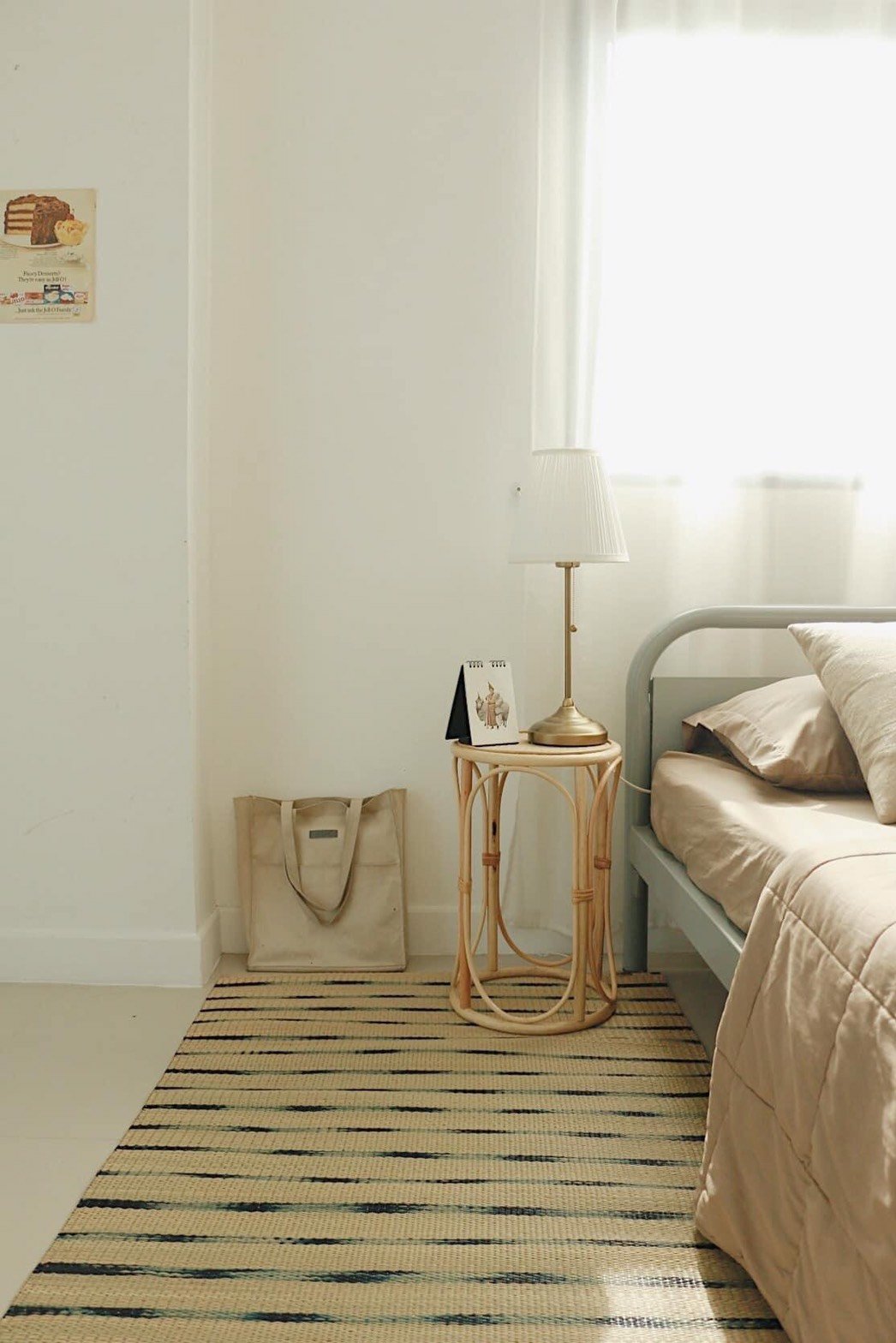Exploring the Artistry of Traditional Thai Hand Dyeing Techniques
Thailand, a country known for its rich cultural heritage, boasts a myriad of traditional crafts and artistic traditions. Among them, the art of hand dyeing stands out as a captivating and time-honored practice. Thai artisans have perfected their skills over centuries, creating intricate and vibrant designs through a range of traditional dyeing techniques. These techniques not only reflect Thailand's cultural diversity but also showcase the immense creativity and skill of its people. In this article, we delve into the world of traditional hand dyeing techniques in Thailand, exploring their origins, processes, and enduring significance.
1. Batik: An Ancient Tradition:
Batik Print
One of the most prominent hand dyeing techniques in Thailand is Batik, a process that involves applying hot wax on fabric to create intricate designs. This ancient technique is believed to have originated in Java, Indonesia, and spread to Thailand during the Ayutthaya Kingdom (1351-1767). Thai artisans have adapted and incorporated their own unique elements into Batik, resulting in distinctive patterns and motifs. Traditionally, Batik is used to decorate clothing, wall hangings, and accessories, and it remains a cherished art form in Thai culture.
2. Mudmee: A Vibrant Tapestry of Colors:
Mudmee Fabric
Mudmee, also known as ikat, is another renowned hand dyeing technique in Thailand. Originating from the Northeastern region, particularly in Isan, Mudmee involves tying and dyeing threads before they are woven into fabric. The process requires great precision and expertise as artisans meticulously bind sections of the thread to resist dye penetration, creating intricate and mesmerizing patterns. The vibrant colors and complex motifs of Mudmee textiles are an integral part of Thai ceremonies and celebrations.
With this, Thorr aspires to be a valuable business that not only creates sustainable income but also extends job opportunities. By supporting their business, you not only express your appreciation for their craftsmanship but also contribute to the preservation of a centuries-old cultural tradition, where the threads of tradition, innovation, and sustainability are woven into the fabric of modern life.
3. Jok: The Art of Resist Dyeing:
Jok Weaving using Porcupline Quill
Jok is a traditional hand dyeing technique that utilizes the art of resist dyeing to create stunning patterns on fabric. The process involves drawing intricate designs on the fabric with a resist paste made from rice flour or cassava starch. The fabric is then dyed, and the paste prevents the dye from penetrating certain areas, resulting in intricate, multi-colored patterns. Jok is particularly famous in Southern Thailand, where artisans skillfully create unique designs inspired by nature, folklore, and local traditions.
4. Khit: Embroidery and Dyeing Fusion:
Khit Embroidery
Combining embroidery and hand dyeing, Khit is a remarkable Thai textile art form. Artisans intricately embroider patterns on fabric before dyeing it, resulting in a harmonious blend of colors and textures. This labor-intensive technique requires patience and precision, as the embroidery must withstand the dyeing process. The motifs used in Khit often depict nature, mythological creatures, and elements of Thai folklore, reflecting the country's cultural heritage and storytelling traditions.
5. Natural Dyes: A Sustainable Heritage:
Natural Dyes from Studio Naena
A distinguishing feature of traditional Thai hand dyeing techniques is the use of natural dyes sourced from plants, minerals, and insects. These dyes not only produce a stunning array of colors but also promote sustainability and environmental consciousness. Artisans employ various natural materials such as indigo, turmeric, jackfruit wood, and lac insects to create an extensive palette of hues. The knowledge and expertise of extracting and applying these natural dyes have been passed down through generations, preserving an eco-friendly and culturally significant aspect of Thai textile traditions.
The traditional hand dyeing techniques of Thailand exemplify the skill, creativity, and cultural wealth of the Thai people. From the mesmerizing patterns of Batik to the intricate designs of Mudmee and Jok, these techniques continue to inspire and captivate art enthusiasts worldwide. The fusion of embroidery and dyeing in Khit and the sustainable use of natural dyes further add to the uniqueness and timeless beauty of Thai textiles. By embracing these traditional practices, artisans in Thailand preserve their cultural heritage while showcasing their exceptional craftsmanship to a global audience.








